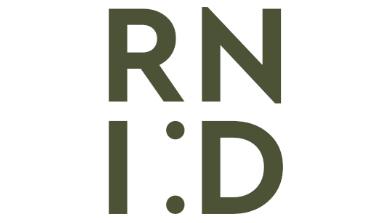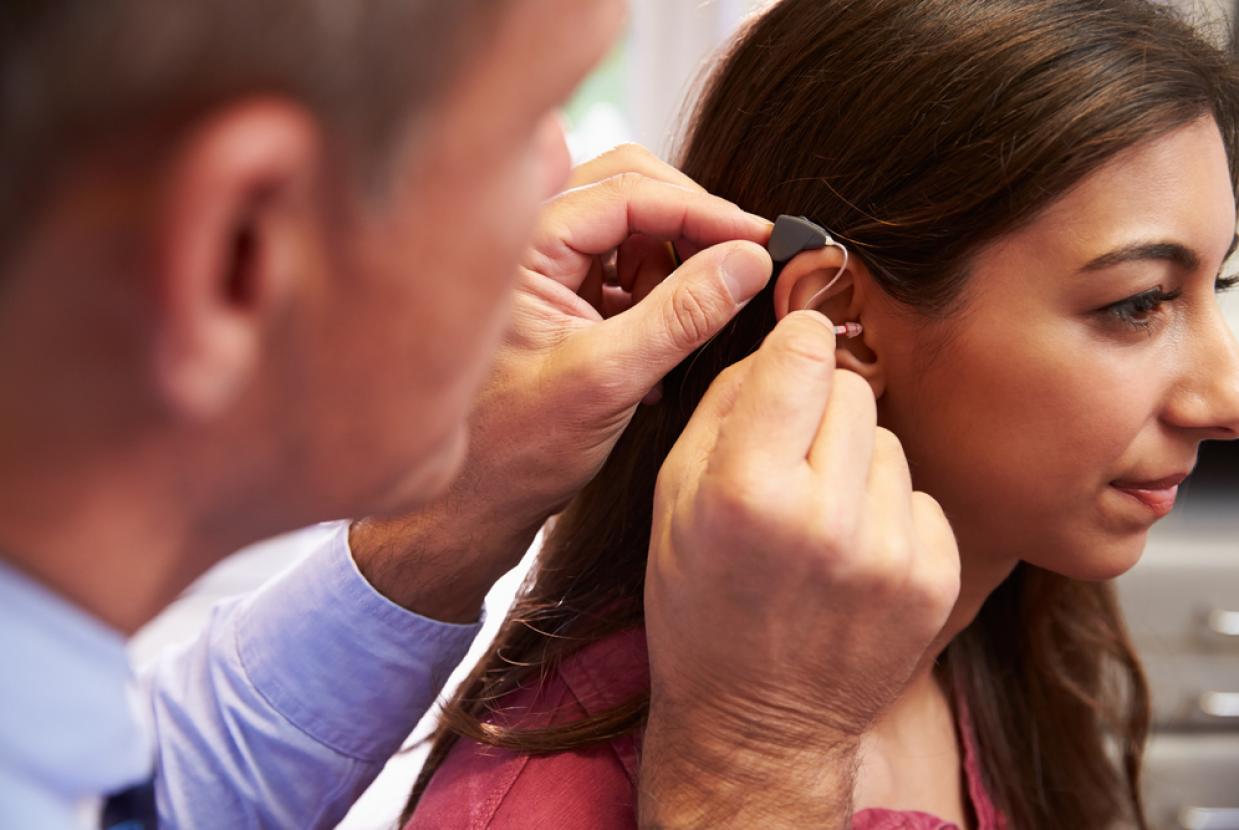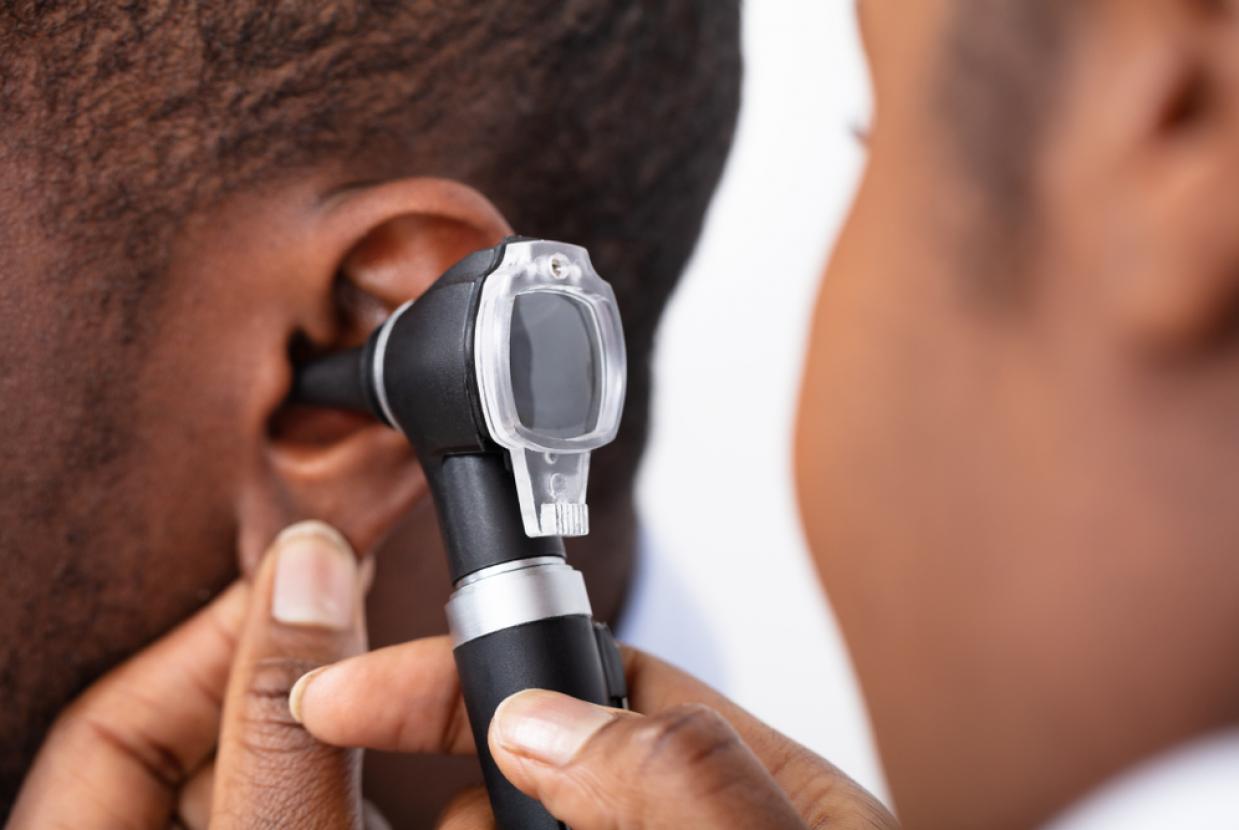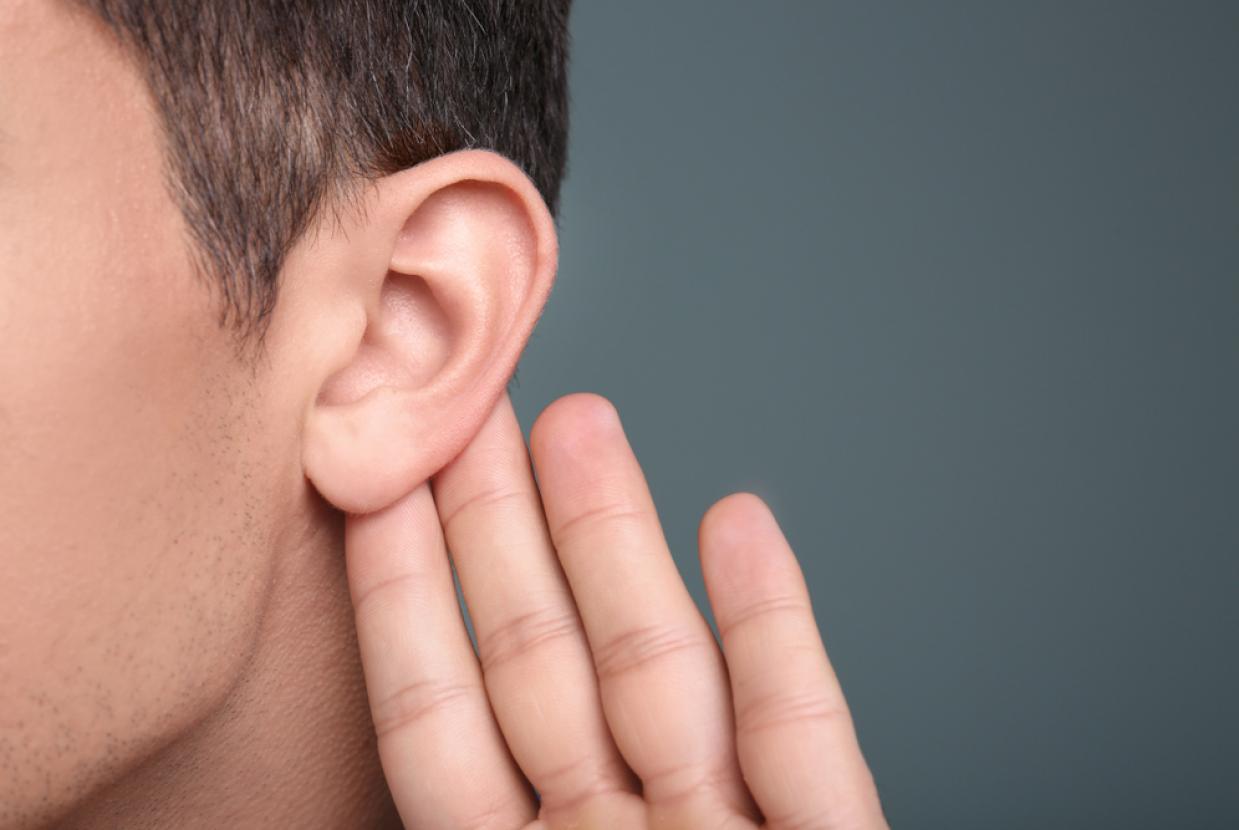Communication Tips If You Have Hearing Loss
HearingMake people aware that you are deaf or have a hearing loss and your preferred communication style.
Where lipreading is possible:
- Make sure they face you
- Make sure you can see their face clearly
- Make sure the person gets your attention before they start speaking
- Ask them to speak normally and not exaggerate their lip movements
The below are particularly important when someone cannot use visual cues, such as on the telephone or when wearing a mask:
- Ask them to speak clearly
- Ask them to repeat or say things differently if you do not understand what they have said
- Reduce background noise as much as possible by moving to a quieter space if possible
- Use assistive devices like remote microphones with hearing aids to improve the quality of speech over background noise
- Write things down – use pen on paper, text on device screens or whiteboards
- If possible, ask them to speak to a relative or friend
Where can I learn to lipread?
If you don’t already lipread, have you thought about learning? Joining a friendly lipreading class can give you skills to help you communicate, and you can pick up tips from people in a similar position to you.
Find out more about lipreading classes.
Communication tips for video and voice calls
You might find it useful to talk to your colleagues about how they can best communicate with you over video and voice calls while working from home. It may be helpful to share these tips:
- If on a video call, make sure you are in a well lit area but don’t sit with a source of light behind you. This can put your face into shadow and make it harder for someone to lipread.
- Face the camera and don’t cover your mouth while speaking.
- Make sure that only one person is speaking at a time. This can also help make sure captions are more accurate, if they are used.
- Mute your microphone when you are not speaking to reduce background noise.
- Make use of chat functions that might exist when using video or voice software. They can help to clarify details, especially with numbers.
- Use an agenda and stick to the order to provide context for what is being said.










































